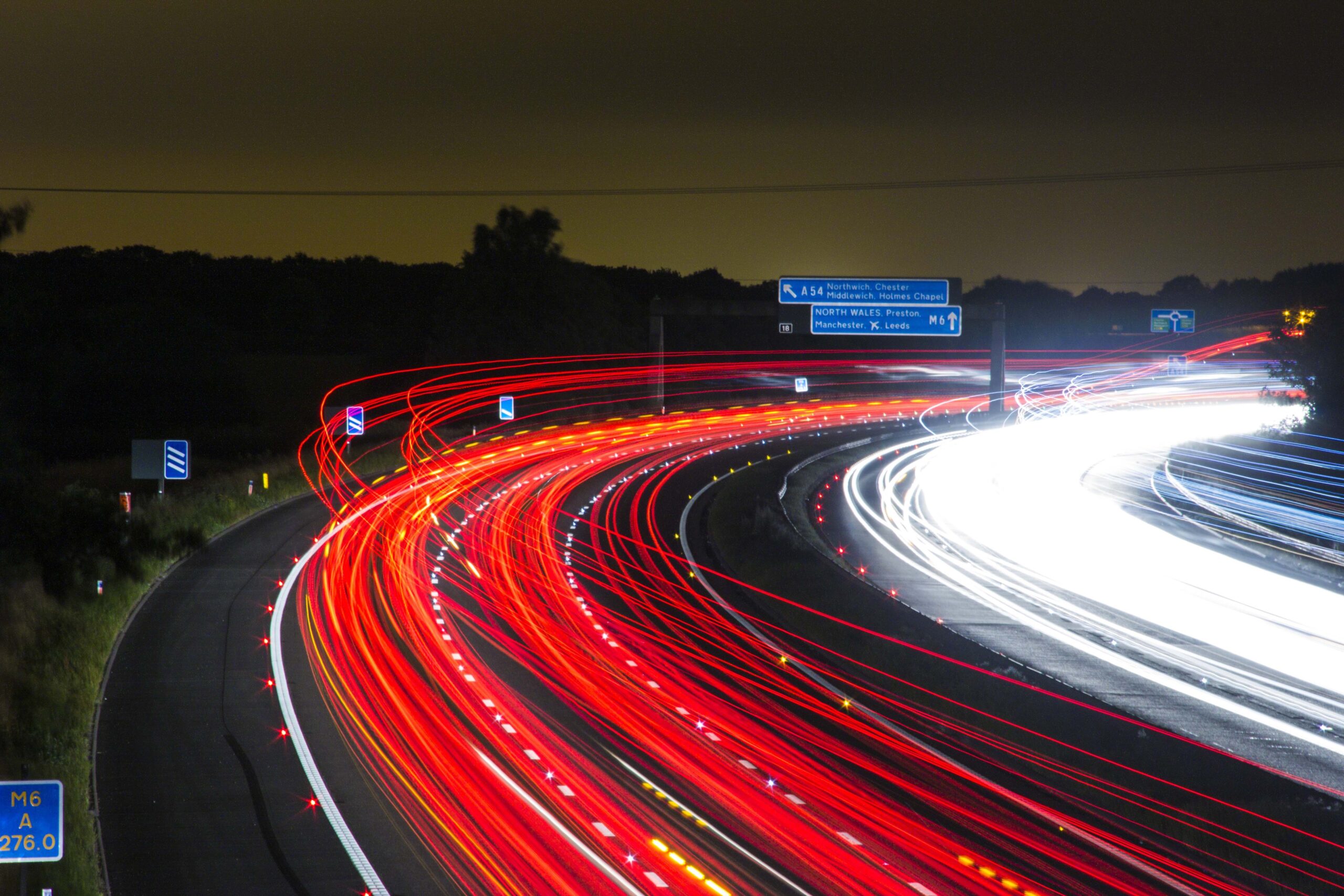Following the abolition of paper tax discs in 2014, there are hundreds of thousands of additional drivers ducking duty
Credit: Stefan Rousseau/PA Archive/PA Images
Five years on from the abolition of paper car-tax discs, the number and proportion of untaxed vehicles in the UK remains about three times as high as it was before the introduction of a digital-only system.
The resulting lost duty is costing the exchequer £94m per year – an amount of money far exceeding the projected savings estimated by the government shortly before it got rid of the physical documents.
Newly published data reveals that the percentage of UK vehicles driving untaxed –1.6% – has, at least, declined a little since 2017, when the figure stood at 1.8%.
In total, there are an estimated 634,000 unlicensed vehicles in the UK. This number has also reduced somewhat in the last two years, from a high of 755,000 in 2017.
But, in both volume and proportion, the number of drivers avoiding duty is about three times higher than in 2013, which the was last biennial data published by the Driver and Vehicle Licensing Agency prior to the abolition of paper tax discs on 1 October 2014.

In 2013, the percentage of vehicles on roads in Great Britain identified as being unlicensed was 0.6%. This equated to a total of 213,000 vehicles.
Two years later, the rate had shot up to 1.4%, as the volume of untaxed vehicles rose to 559,000.
Shortly before the digital-only system was introduced, an assessment by HM Revenue and Customs estimated that the move would have a “negligible” impact on the exchequer in the 2014/15 financial year – and no impact at all in subsequent years.
HMRC estimated that the implementation of the new system would incur upfront costs of £16m for the DVLA – but that this would swiftly be counteracted by annual cost savings of £7m. Over a five-year period to the end of FY19, the government expected the policy to deliver overall financial benefits of £33m.
But the huge spike in lost tax revenue – which went from an annual total of £35m in 2014 to more than £100m by 2017 – seems likely to have far outweighed whatever administrative savings the online system has delivered.
The DVLA indicated that it was unable to comment due to pre-election restrictions.



